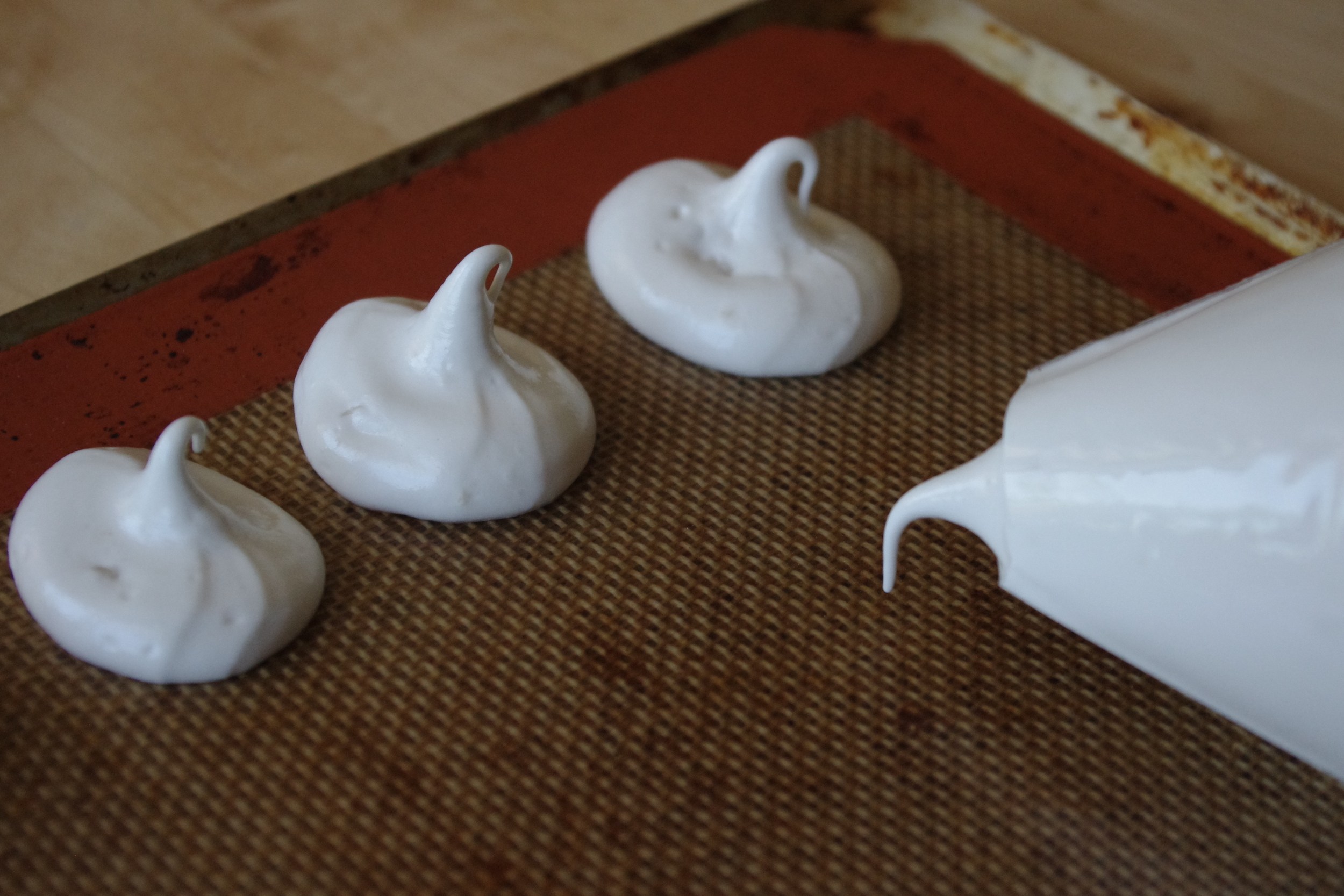Unadon from Japan
My grandfather turned 90 last week. He is the middle child of seven children, born to American missionaries in Japan. His father, my great-grandfather, seems to have had an all-encompassing faith that took him and his new wife from Kentucky to Japan, arriving on New Year's Eve, 1919. He was 23; she was 19.
They lived in various locations in the country before having to return to the US in the mid-1930s, but while they worked to convert their Japanese neighbors to their Christian religion, the family developed a deep connection with the country, its people and its culture.
The Fox Family and others in Japan around 1928. George Pepperdine, founder of Pepperdine University, is seated in the middle with my grandfather's sister Ramona on his lap. My grandfather is sitting on his mother's lap all the way on the left with his hand to his face.
My great-grandfather loved Japanese food and one dish in particular: unadon. Unadon is short for unagi donburri, a rice bowl with eel and a salty-sweet sauce. "It was a favorite dish of my father's," my grandfather told me. "I learned to love it," he added.
"When we'd come into the station in Tokyo, from our little town, these guys had kind of a tray and they'd run up and down [saying], 'unagi donburri!' And Pop would spring for one of those, about 35 cents, I think, which wouldn't be much."
My grandfather says it was him and a couple of brother with his father on those trips and that they would each get a small rice bowl with the eel, a real treat for missionary kids.
I assumed that making an eel dish at home would be complicated, but my friend Satoko explained that most Japanese today do not buy fresh eel and cook it at home, but rather eat it out or buy it pre-cooked. And it turns out that's possible even in the US! You can order frozen pre-cooked eel online and have it shipped to your home in just a couple of days.
Satoko helped me prepare this dish and suggested that we follow this recipe. The three components are the rice, the eel and the sauce. Satoko uses a short-grain rice and follows the proportions spelled out by the rice cooker.
Unadon:
Serves 2-3, depending on how big your piece of eel is
Sauce ingredients:
1 1/2 tablespoons sake
1/4 cup mirin
2 1/2 tablespoons sugar
/4 cup soy sauce
Sauce instructions:
Mirin is a sweet rice wine used in many Japanese dishes. Sake is a more alcoholic rice wine. The first thing you need to do is add both the mirin and the sake to a medium pot. Bring the liquid to a boil to cook off the alcohol.
Then add the sugar, stirring until it dissolves. Add the soy sauce, lower the heat and cook until the sauce thickens, about ten minutes. Turn off the heat and set aside.
Eel instructions:
Turn on your broiler. Line a baking sheet with tinfoil and then oil the tinfoil. Cut your eel into portions that will fit the diameter of your bowls. Place each piece an inch or so away from each other. Place in your oven in the middle rack and broil on high for five to seven minutes.
Remove the baking sheet of eel and brush each slice generously with the sauce. Return the pan to the oven and broil again for another minute or so, until the sauce begins to bubble. Remove from the oven.
Assembly:
Put a large scoop of rice in each bowl. Brush the rice with some of the sauce. Place a piece of eel over the rice in each bowl. Brush more of the sauce on top. Enjoy!
















